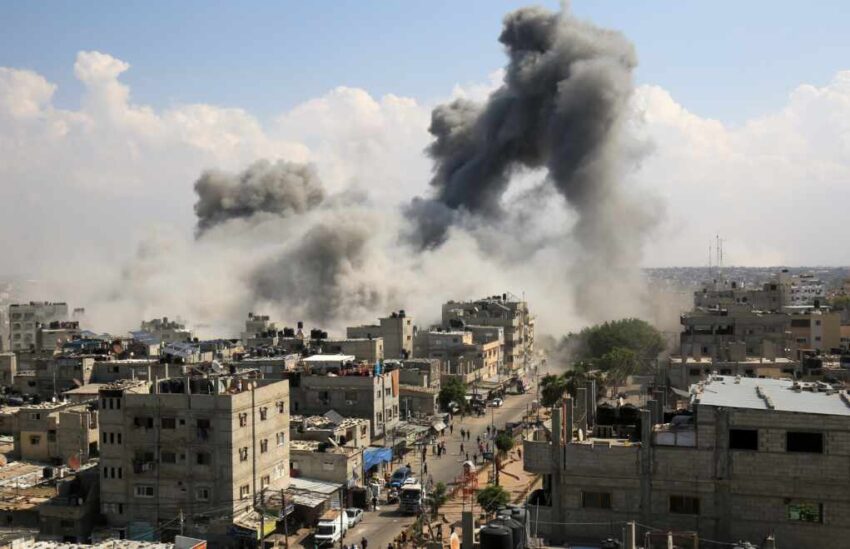Ten Palestinian civilians were gunned down at an aid center in Rafah, marking another grim episode in a months-long bloodbath at Gaza’s so-called “safe zones,” as hospitals buckle and global outrage mounts.
At a Glance
- Ten Palestinians killed and dozens injured while queuing for food at an aid distribution site in Rafah.
- Israeli Defense Forces deny targeting civilians, claiming only warning shots were fired to control crowds.
- UN and international medical organizations confirm a pattern of shootings and mass casualties near Gaza aid centers, with nearly 800 deaths since October 2023.
- Ongoing violence and chaos at distribution points have crippled relief efforts, left hospitals overwhelmed, and deepened the humanitarian crisis in Gaza.
The Aid Lines That Kill
The humanitarian corridors in Gaza are beginning to resemble execution lines. This week, ten more Palestinians were shot dead and 62 wounded while standing in line for food at a Rafah distribution site—one of the last still functioning. According to UN and medical sources, nearly 800 civilians have been killed at or near these sites since the October 2023 escalation. Yet every incident is met with the same explanation: Israeli forces claim they fired only “warning shots.”
Watch a report: Gaza Aid Chaos Turns Fatal Again
Despite its mission, the Gaza Humanitarian Foundation—backed by U.S. and Israeli authorities—has overseen what many now call a catastrophic breakdown. Aid centers, meant to offer relief, are instead becoming magnets for bloodshed. Eyewitnesses and doctors describe scenes of desperation: massive crowds form, shots ring out, bodies fall, and chaos follows. Medical teams report a grim pattern—most injuries caused by live ammunition, not rubber bullets or crowd dispersal gas. The disconnect between official denials and frontline reality is now impossible to ignore.
Hospitals Crushed, Trust Shattered
Gaza’s health care system is collapsing under the weight of these recurring mass casualty events. Medical charities confirm that with 94% of facilities either destroyed or nonfunctional, emergency care is nearly impossible. Wards are filled with the wounded, morgues overflow, and new patients arrive faster than doctors can treat them. Médecins Sans Frontières and ICRC both report that gunshot wounds are the leading cause of emergency admissions in southern Gaza.
While Israeli military spokespeople continue to insist on strict “crowd control protocols,” the numbers suggest otherwise. Nearly every aid delivery in recent months has ended in disaster. The pattern of shootings at distribution centers makes it clear: this is not an accident or anomaly—it’s a recurring failure with deadly consequences. Civilians no longer trust the process. For many, the choice is now between starvation or death by sniper.
The Human Cost of Denial
Finger-pointing and hollow justifications dominate the response from officials. Israeli authorities deny live fire is used deliberately. The Gaza Humanitarian Foundation often claims that violence doesn’t occur on their watch. Yet international NGOs, the UN, and video footage tell another story. Discrepancies between official accounts and the reality on the ground only add fuel to the fire—and to the funerals.
Global leaders issue platitudes. Investigations are promised. But as the international community dithers, Gaza’s civilians continue to bleed. The U.S. faces growing criticism for its financial and logistical support of a foundation many now view as complicit in this crisis. The message from Gaza is unambiguous: humanitarian assistance, in its current form, is a deadly gamble as the death toll rises.
Click this link for the original source of this article.
Author: Editor
This content is courtesy of, and owned and copyrighted by, https://deepstatetribunal.com and its author. This content is made available by use of the public RSS feed offered by the host site and is used for educational purposes only. If you are the author or represent the host site and would like this content removed now and in the future, please contact USSANews.com using the email address in the Contact page found in the website menu.








